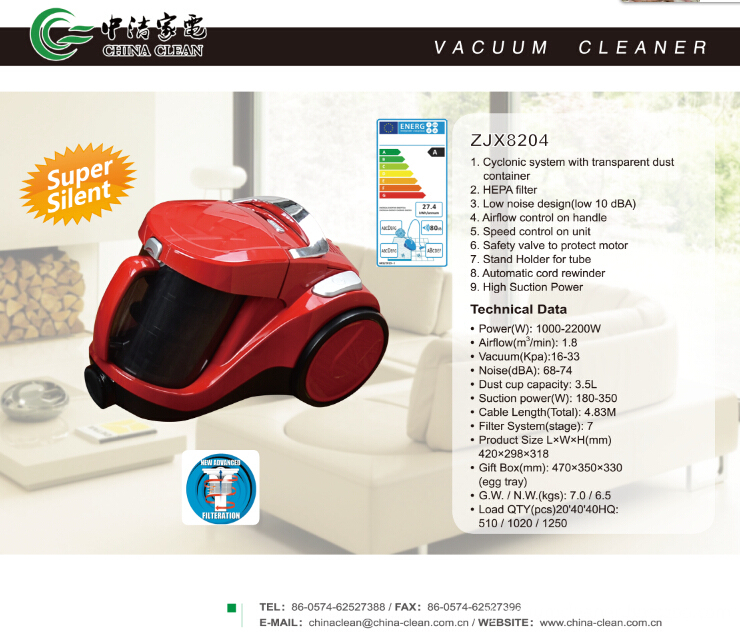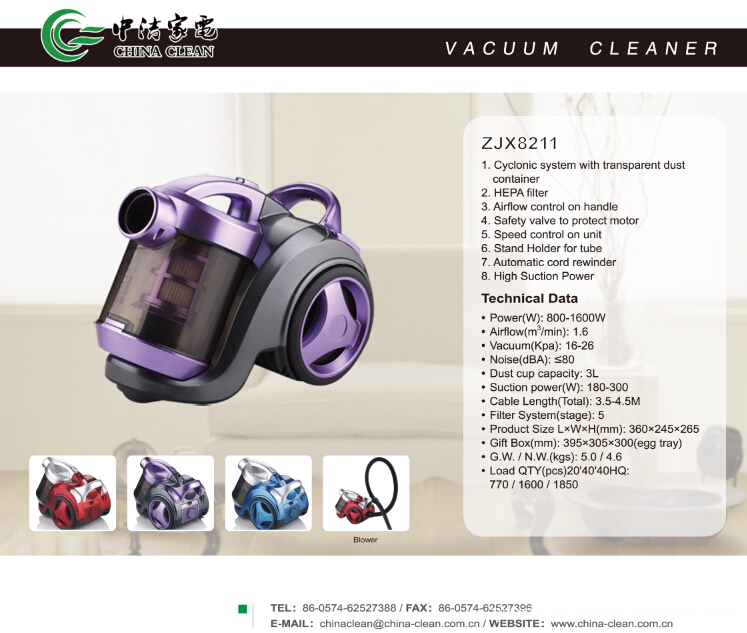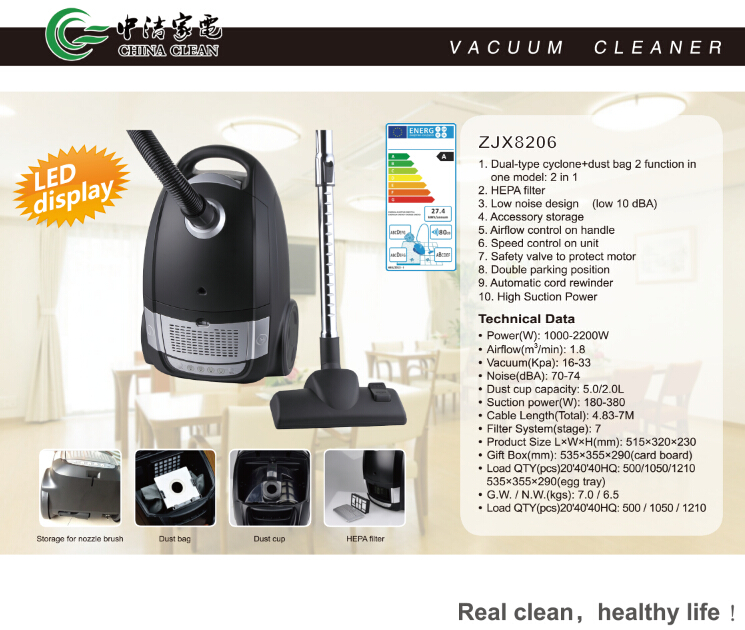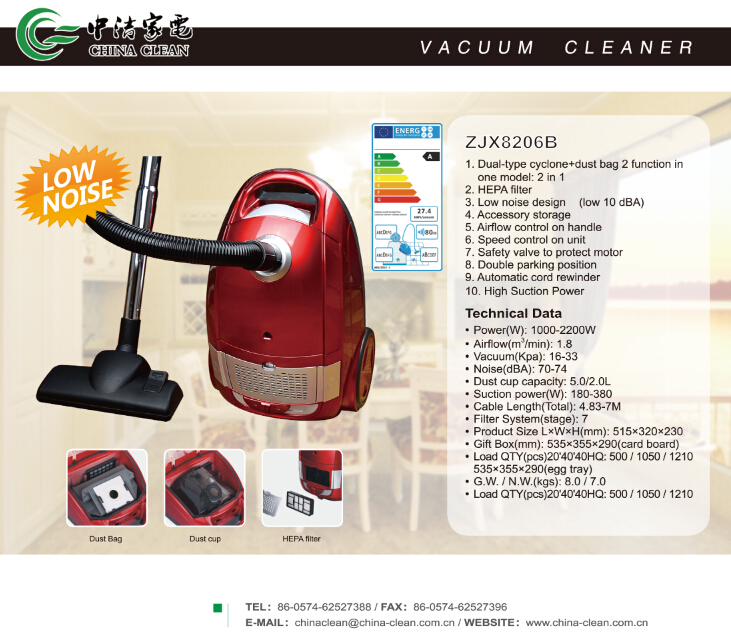With the advent of all-digital AC servo systems, AC servo motors are increasingly being used in digital control systems. In order to adapt to the development trend of digital control, stepping motor or all-digital AC servo motor is mostly used as the execution motor in the motion control system. As an open-loop control system, stepper motors are intrinsically linked to modern digital control technology. In the current domestic digital control system, the application of stepper motors is very extensive. With the advent of all-digital AC servo systems, AC servo motors are increasingly being used in digital control systems. In order to adapt to the development trend of digital control, stepping motor or all-digital AC servo motor is mostly used as the execution motor in the motion control system. Although the two are similar in control mode (burst and direction signals), there are large differences in performance and application. Now compare the performance of the two. First, the control accuracy is different    The step angle of the two-phase hybrid stepping motor is generally 1.8° and 0.9°, and the step angle of the five-phase hybrid stepping motor is generally 0.72° and 0.36°. There are also some high performance stepper motors that have smaller step angles after subdivision. For example, the two-phase hybrid stepping motor produced by SANYODENKI can be set to 1.8°, 0.9°, 0.72°, 0.36°, 0.18°, 0.09°, 0.072°, 0.036° through the DIP switch. Compatible with the step angle of two-phase and five-phase hybrid stepping motors. The control accuracy of the AC servo motor is guaranteed by the rotary encoder at the rear of the motor shaft. Second, the low frequency characteristics are different Stepper motors are prone to low frequency vibration at low speeds. The vibration frequency is related to the load condition and the performance of the driver. It is generally considered that the vibration frequency is half of the take-off frequency of the motor no-load. This low frequency vibration phenomenon, which is determined by the working principle of the stepper motor, is very detrimental to the normal operation of the machine. When the stepper motor works at low speed, damping technology should generally be used to overcome the low frequency vibration phenomenon, such as adding a damper to the motor or using subdivision technology on the drive. The AC servo motor runs very smoothly, and vibration does not occur even at low speeds. The AC servo system has a resonance suppression function, which can cover the rigidity of the machine, and has a frequency analysis function (FFT) inside the system, which can detect the resonance point of the machine and facilitate system adjustment. Third, the difference in frequency characteristics The output torque of the stepping motor decreases as the speed increases, and it drops sharply at higher speeds, so the maximum operating speed is generally 300-600 RPM. The AC servo motor is a constant torque output, that is, it can output the rated torque within its rated speed (generally 2000RPM or 3000RPM), and it is a constant power output above the rated speed. Fourth, the overload capacity is different Stepper motors generally do not have overload capability. The AC servo motor has a strong overload capability. Take the Sanyo AC servo system as an example, it has speed overload and torque overload capability. Its maximum torque is two to three times the rated torque and can be used to overcome the moment of inertia of the inertial load at the moment of starting. Because there is no such overload capability in the stepping motor, in order to overcome this moment of inertia during the selection, it is often necessary to select a motor with a large torque, and the machine does not need such a large torque during normal operation, and a torque appears. The phenomenon of waste. Five, different operating performance The control of the stepping motor is open-loop control. If the starting frequency is too high or the load is too large, it may be lost or blocked. If the speed is too high during the stop, the overshoot may occur. Therefore, in order to ensure the control accuracy, it should be handled well. The problem of rising and falling speed. The AC servo drive system is closed-loop control. The drive can directly sample the feedback signal of the motor encoder. The internal position loop and speed loop are formed. Generally, the stepless motor is lost or overshooted, and the control performance is more reliable. Sixth, the speed response performance is different It takes 200 to 400 milliseconds for the stepper motor to accelerate from standstill to the operating speed (typically several hundred revolutions per minute). The AC servo system has better acceleration performance. Taking the Shanyang 400W AC servo motor as an example, it takes only a few milliseconds to accelerate from standstill to its rated speed of 3000RPM, which can be used in control situations requiring fast start and stop. In summary, the AC servo system is superior to the stepper motor in many performance aspects. However, in some occasions where the requirements are not high, stepper motors are often used to perform the motor. Therefore, in the design process of the control system, it is necessary to comprehensively consider the control requirements, cost and other factors, and select the appropriate control motor.
This one is Cyclone Vacuum Cleaner. It is turely a cyclone Vacuum Cleaner always with strong power. It s cleaning efficiency is always high. Its filter system is 5 stages,so it can use for a long time. We have gotten international patent for the cyclone system used on our vacuum cleaner. So you can use more reliablely. In a word,iIt is worth to own this vacuum cleaner.
Cyclone Vacuum Cleaner Cyclone Vacuum Cleaner, Dual Cyclone Vacuum Cleaner, Cyclone Bagless Vacuum Cleaner Ningbo ChinaClean Household Appliances Manufacture Co., Ltd. , https://www.chinaclean-elec.com


